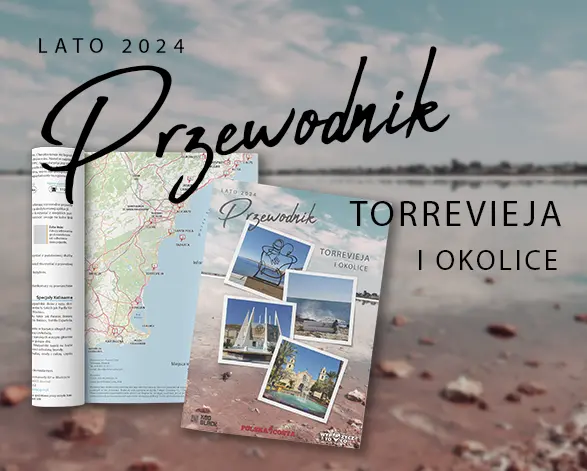
Święty Mikołaj, Gwiazdor, Dzieciątko - Kim Jest Świąteczny Darczyńca?
Tradycja obdarowywania na Boże Narodzenie jest głęboko zakorzeniona w kulturze polskiej, ale w zależności od regionu różne postacie przynoszą prezenty. Dzieci czekają na Świętego Mikołaja, Gwiazdora, Dzieciątko, a w niektórych rejonach także na “Gwiazdę” lub “Gwiazdkę” - każda z tych postaci ma swoją historię, symbolikę i tradycje.
Święty Mikołaj: Postać z Tradycją
Święty Mikołaj, najbardziej popularny w Małopolsce i na Mazowszu, wywodzi się z postaci biskupa z Miry, czyli współczesnej Turcji. Historyczny Mikołaj z Miry, żyjący w III i IV wieku, był znany z pomocy potrzebującym, hojności i wstawiennictwa za ubogimi. Legenda głosi, że potajemnie wrzucał pieniądze do domów ubogich rodzin, co miało ratować je przed biedą.
W ikonografii przedstawiany jest jako starszy mężczyzna z białą brodą i pastorałem w dłoni, często w stroju biskupa. W Polsce Święty Mikołaj obdarowuje dzieci głównie 6 grudnia, w dzień swojego święta, ale w wielu rodzinach wraca też na Wigilię, by zostawić prezenty pod choinką. Jego obecność symbolizuje magiczny moment oczekiwania i wzajemnej troski, a na południu kraju tradycyjnie można go spotkać osobiście podczas rodzinnej Wigilii.
Gwiazdor: Wielkopolski Obdarowywacz
W Wielkopolsce oraz na Kujawach rolę świątecznego darczyńcy pełni Gwiazdor - postać tajemnicza i nieco surowa, która symbolizuje siłę, mądrość oraz moralność. Jego wygląd różni się od klasycznego wyobrażenia Świętego Mikołaja; Gwiazdor nosi często kożuch odwrócony futrem na zewnątrz, czapkę z rogami lub kapelusz ozdobiony słomą i dzwonkami.
W ręku trzyma kij, symbolizujący władzę i siłę. Gwiazdor, obok prezentów, może przynosić również rózgi dla dzieci, które nie były grzeczne, podkreślając moralną odpowiedzialność za dobre uczynki. Tradycja Gwiazdora wywodzi się z dawnego słowiańskiego kultu gwiazdy, będącej przewodniczką na niebie i symbolem Bożego Narodzenia. Współcześnie jego wizerunek łagodnieje, a radość zastępuje dawną surowość. W niektórych domach Gwiazdor sprawdza także, czy dzieci znają modlitwy lub kolędy, co stanowi swoisty test moralności i wiedzy religijnej.
Dzieciątko: Darczyńca ze Śląska
Na Śląsku i w części Małopolski, zamiast Świętego Mikołaja lub Gwiazdora, prezenty przynosi Dzieciątko - symbol nowonarodzonego Jezusa. Tradycja ta nawiązuje do chrześcijańskiego przesłania Bożego Narodzenia, w którym to Jezus, narodzony w stajence, jest najważniejszym darem dla wiernych. To również wyraz głębokiej pobożności mieszkańców tych regionów, którzy pielęgnują wizerunek Dzieciątka jako bezbronnej, niewinnej istoty. Dzieciątko nie jest postacią, którą można zobaczyć. Prezenty pojawiają się “same”, co dodaje całemu obrzędowi świątecznego uroku. W domach na Śląsku prezenty znajdują się pod choinką po powrocie z pasterki lub już na Wigilijnym stole po wieczerzy. Dzieci wyczekują darów, wierząc, że przynosi je sam Jezus, co podkreśla religijny wymiar świętowania.
Gwiazdka: Darczyńca na Południu Polski
W niektórych regionach Polski, zwłaszcza na południu, prezenty przynosi “Gwiazdka” lub “Gwiazda”. Zwyczaj ten nawiązuje do chrześcijańskiej symboliki gwiazdy betlejemskiej, która prowadziła Mędrców do miejsca narodzin Jezusa. W tych rejonach Gwiazdka jest pełna ciepła i magii - prezenty często pojawiają się po kolacji wigilijnej, pod choinką, a dzieci wierzą, że to właśnie Gwiazdka przynosi im podarki jako symbol miłości i światła, które zstąpiło na ziemię wraz z narodzinami Jezusa.
Każda z tych postaci nawiązuje do innego aspektu świąt Bożego Narodzenia: Mikołaj jest symbolem miłości bliźniego, Gwiazdor przypomina o refleksji i odpowiedzialności, Dzieciątko oddaje prostotę i głęboką religijną radość, a Gwiazdka - światło nadziei. Z czasem te tradycje wzbogaciły się o indywidualne elementy, ale wszystkie mają wspólny cel - wprowadzenie dzieci i dorosłych w atmosferę świąt, wzajemnej miłości i szczodrości.
Obecnie obdarowywanie w Polsce łączy zarówno wymiar religijny, jak i świecki - prezenty symbolizują bliskość, więź oraz miłość, a także sprawiają radość. Niezależnie od tego, kto przynosi prezenty, są one wyrazem troski i chęci sprawienia radości najbliższym.







